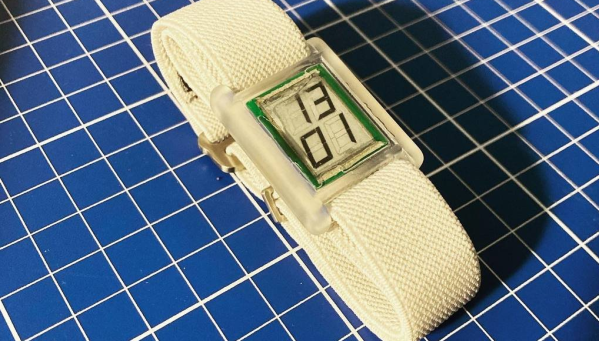When it comes to writing, sometimes a computer or smartphone is just too distracting to keep on task. [vagabondvivant] found this to be the case and rolled their own distraction-free writing tool, the Foliodeck.
With the increasing availability of parts for cyberdecks, it’s not too surprising to see we’re seeing the emergence of the writerdeck. Typically designed to be a no frills word processing device, they are designed to help their creators focus on writing and not be subject to the myriad notifications present trying to work with a more general computing device or smartphone.
In this case, [vagabondvivant] took a classy looking planner folio and removed its paper management components to leave a fabric and leather shell. The heart of the assembly is a HiSense A5 eink smartphone magnetically attached to a piece of MDF cut to mate the phone to the planner shell. A 10 Ah powerbank slots into the MDF below the keyboard which is also magnetically attached, and the whole thing zips up nicely. Future improvements are planned like a hinge, so it doesn’t have to be propped against something and a custom-built mechanical keyboard.
This isn’t the first writerdeck we’ve seen, and we’ve seen some other writer-focused decks and typewriter replacements.
Continue reading “Foliodeck Squeezes A Writerdeck Into A Planner”



















